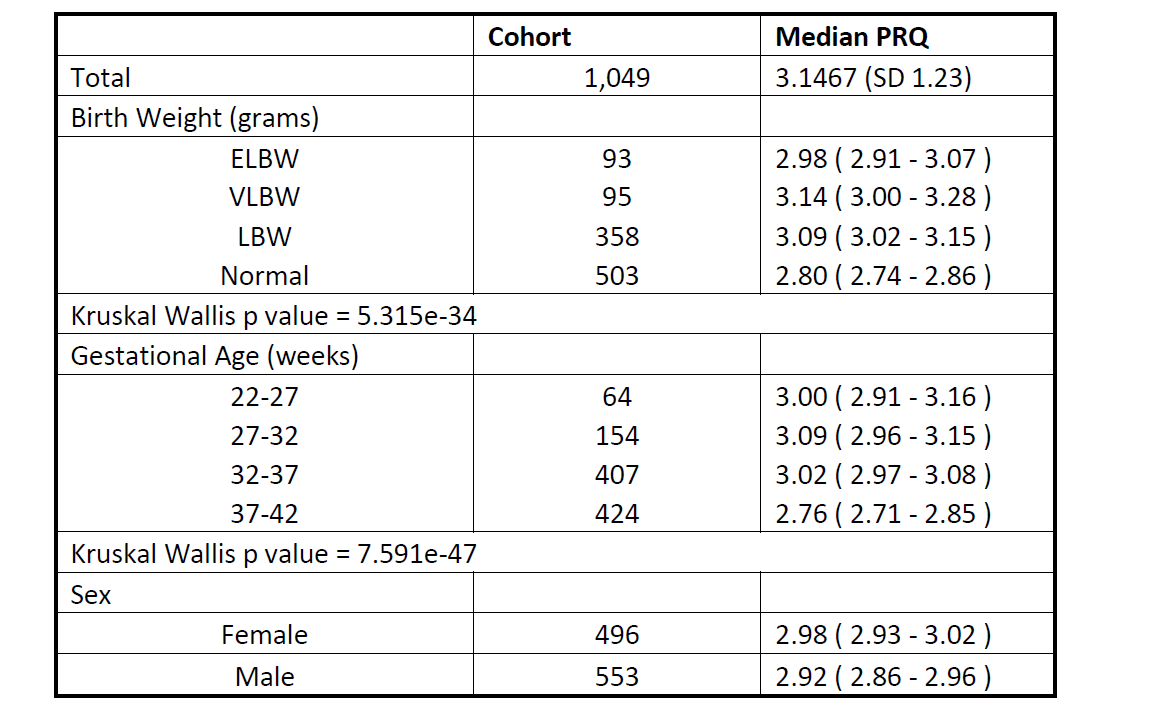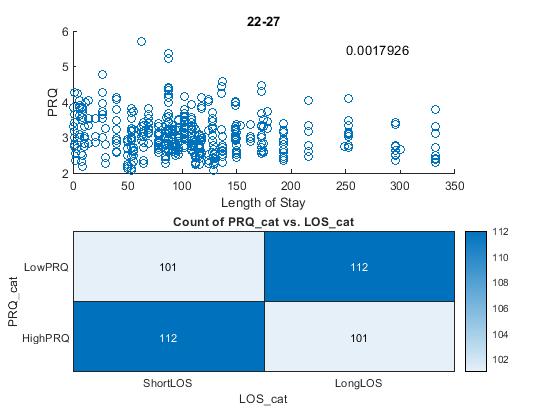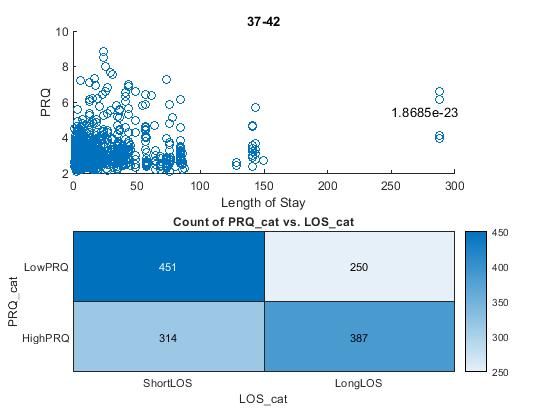Neonatal General
Neonatal General 1: Basic Science and Cardiovascular
257 - Analysis of Pulse Respiration Quotient: A Parameter For Cardiorespiratory Activity in the Neonatal Population
Publication Number: 257.13
- FZ
Feng Zheng, MD (he/him/his)
Fellow
Baylor College of Medicine
Houston, Texas, United States
Presenting Author(s)
Background: The pulse respiration quotient (PRQ) is the ratio of the instantaneous heart rate (HR) and respiration rate (RR) measured over one minute. Previous studies in adults have shown that PRQ varies with age, body posture and activity. The PRQ variability from normal has been explored as a marker of health and disease severity in adults. Currently, there are limited studies on PRQ in neonates.
Objective: To determine the baseline PRQ in a large neonatal population categorized by gestational age, birth weight and sex and to investigate the relationship of PRQ to length of hospital stay and early cardiorespiratory instability.
Design/Methods:
Vital sign data were collected from 1,049 patients admitted to the Texas Children’s Hospital between 2013 and 2018. Patients were separated into groups for statistical analysis based on sex, gestational age in weeks (GA) [ 22-27 weeks, 27-32 weeks, 32-37 weeks, and >37-42 weeks] and by birth weight (BW) [< 1000 g, 1000 g to 1500 g, 1500 g to 2500 g and 2500 g to 4000 g]. Early cardiorespiratory instability was defined by need for inotropic agents in the first week of life. Data was analyzed using the using chi-square test to evaluate for independence between PRQ and length of hospital stay (LOS) and the sensitivity and specificity as well positive likelihood ratio of PRQ and early cardiorespiratory instability.
Results: There were 496 females (47.28%) and 553 (52.72%) males. Median PRQs for various subgroups of preterm and term neonates are presented in (Table 1). The median PRQ was statistically different across gestational age and birth weight (p value < 0.001). The chi-square test of independence showed no significant association between PRQ and LOS in the extreme preterm population, X2(1, N= 64) = 1.14e+0, p = 2.86e-01. In the term neonatal population, the relationship between PRQ and LOS was significant, X2(1, N= 424) = 5.40e+01, p = 2.01e-13.
Conclusion(s): PRQ is an easily obtained early data point that was different between preterm and term neonates. This is the first and largest study of PRQ in a neonatal population. It remains unclear how PRQ relates to abnormal neonatal physiology in the first week of life. 


